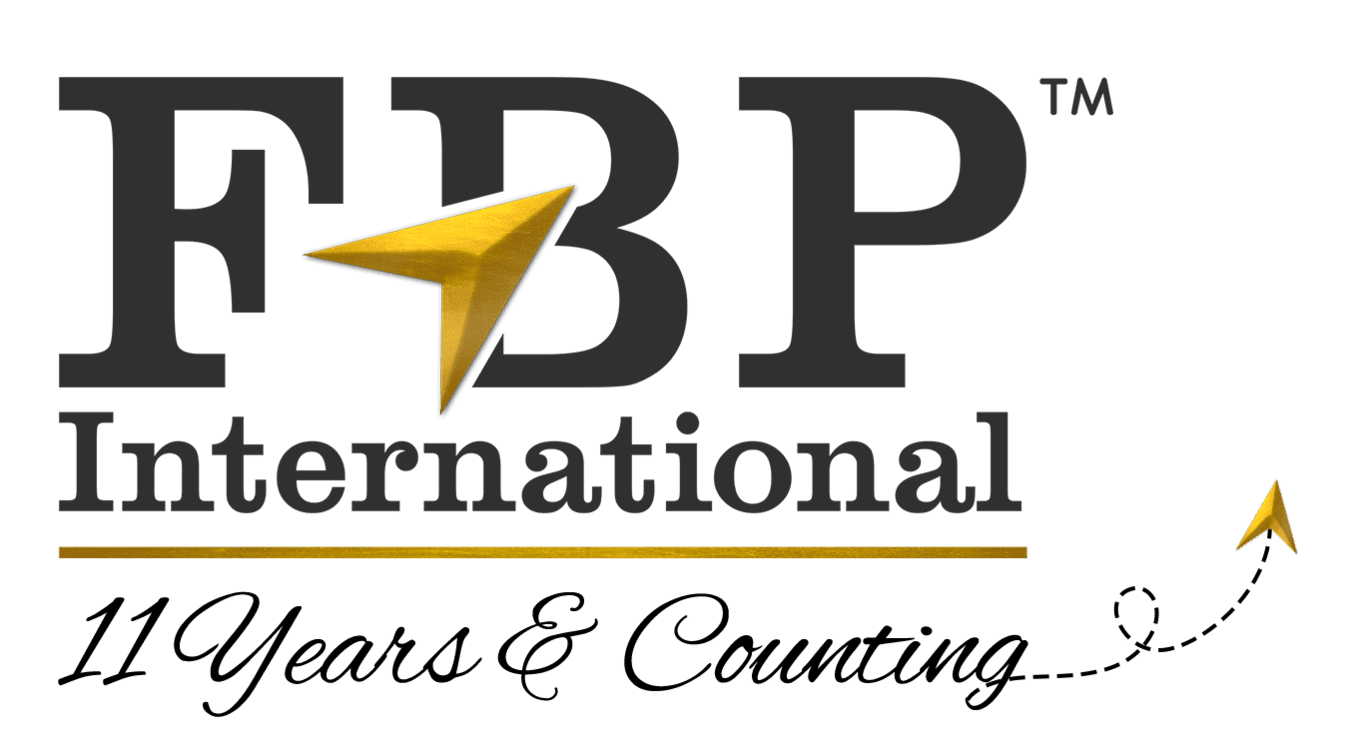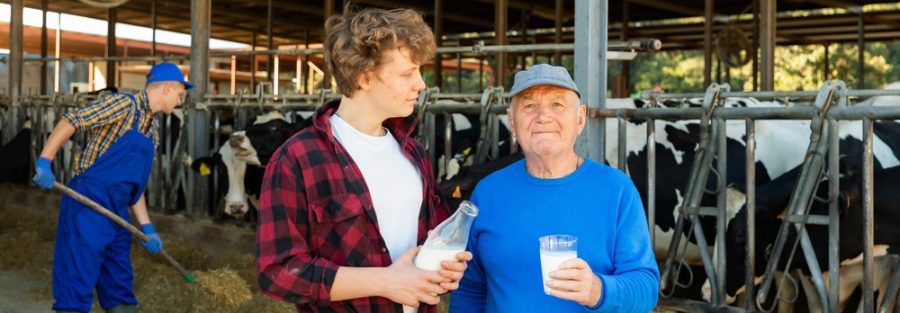Several key industry bodies play an essential role in shaping and supporting the Australian dairy sector:
- Dairy Australia (DA): Dairy Australia is the industry-owned national service organisation responsible for providing strategic support and resources to dairy farmers. Funded by farmer levies, with matching research and development (R&D) funds from the Australian Government, DA drives improvements in farm productivity and sustainability. DA operates eight Regional Development Programs, catering to local needs across regions such as Gippsland, Subtropical, Western Victoria, New South Wales, Murray, South Australia, Tasmania, and Western Australia.
- Australian Dairy Farmers (ADF): ADF is the national advocacy body representing dairy farmers nationwide. It advocates for policies and programs that benefit farmers, ensuring that the voice of Australia’s dairy farmers is heard at a national level.
- Australian Dairy Products Federation (ADPF): As the peak policy body for the commercial and non-farm sectors of the dairy industry, the ADPF represents entities engaged in the manufacture, marketing, and trading of dairy products. Its work focuses on policy development and industry standards that support the success and sustainability of the dairy processing and manufacturing sectors.
- Australian Dairy Industry Council (ADIC): ADIC is the national policy and advocacy body working to improve sustainability and profitability across the entire dairy value chain. Through its two branches, ADF and ADPF, the ADIC focuses on advancing policies that promote the industry’s long-term viability while enhancing its competitiveness in the global market.
Despite its success, the dairy industry faces climate change, price volatility, and increased competition from other dairy-exporting nations like New Zealand. Climate unpredictability, particularly droughts and flooding, impacts milk production, making sustainable farming practices more crucial than ever. However, Australia’s reputation for high-quality dairy products ensures it remains a leading exporter to over 100 countries worldwide.
The increasing global demand for dairy, especially in growing markets like China and Southeast Asia, presents new opportunities for Australian farmers. Cheese, butter, and milk powder remain key export products, and there is also growing interest in speciality products such as organic, lactose-free, and nutritionally enhanced dairy, which cater to niche markets.
Looking ahead, Australia’s dairy industry is poised for further growth. Industry bodies such as Dairy Australia continue to invest in research and development, driving innovations that will help improve farm efficiency, reduce environmental impact, and increase profitability. With a focus on sustainability, market expansion, and product diversification, the industry is set to thrive in an increasingly competitive global market.
Australia’s dairy industry is an economic powerhouse and a symbol of resilience and innovation. From its role in supporting rural communities to its commitment to sustainability and high-quality products, the industry is a pillar of the nation’s agricultural landscape, driving local growth and global success. Through the collaborative efforts of key industry bodies, Australian dairy remains well-positioned to meet future challenges while continuing to deliver world-class products to consumers at home and abroad.




